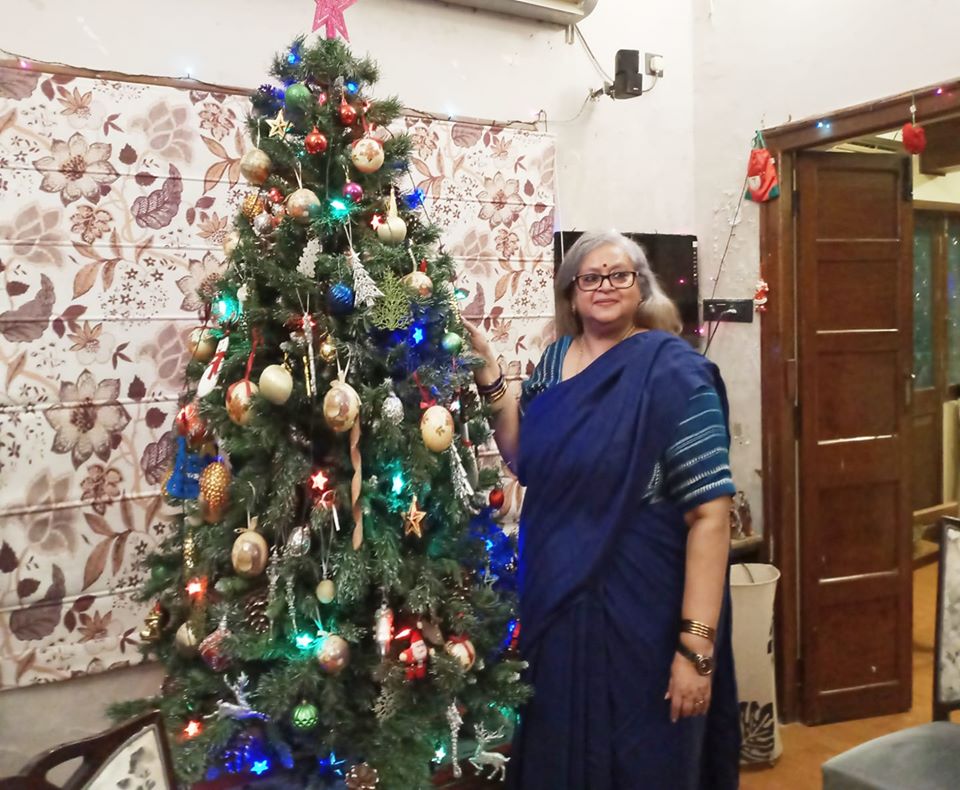Asha Mohapatra is a noted entrepreneur and gourmet specialist with 45 years of experience in hospitality industry. A pioneer in menu engineering, costing, nutrition and healthy food, she is widely respected and known for her forte in food
BHUBANESWAR: Christmas trees’ relevance dates back to days even before the advent of Christianity when the evergreen trees and plants were being used to celebrate winter festivals for thousands of years by many civilizations like Romans, Egyptians, and Hebrews. Evergreen in the dark winters represented new life and warmth, a hope and this was the reason it was brought into the house during the harsh winters. Nevertheless, the actual symbolism of Christmas tree evolved from it— being triangular in shape, represented the trinity, and from there came the idea that the tree should be a symbol of Christ and new life.
Modern day Christmas tree was founded by 16th century West Germany where Christians brought trees into their homes and decorated them with ginger bread, nuts and apples. In the 19th century, the nobility across Europe made it a popular custom. The immigrating Germans spread the tradition to the other parts of the world as well.
Christmas tree is more of a secular symbol and has a huge popularity because of cultural reasons. It is decorated with lights and ornaments. Millions of people of different faiths and culture worldwide have embraced the culture and tradition of decorating a tree in their homes; celebrating the season of joy; marking the end of the fear with hope of ushering into a wonderful New Year ahead, filled with peace, love and prosperity.
The Plum Cake
The funniest thing about plum cakes is that none of them have plum in it. The history of its origin dates back to medieval England where pre-Christmas period was marked by fasting and abstinence for preparing to overindulge in excess and Christmas celebrations. In order to ease the stomach lining from such over indulgence on the eve of Christmas, a rich porridge made with spices, honey, oats and dried fruits was partaken. This laid the foundation of the plum cake as these porridges were supposedly richly laden with plums and prunes. Its current form started to take shape in the 16th century when oats was replaced with flour, eggs and butter. This used to be cooked for home as it used to be steamed, tied in a muslin cloth. Later, it was baked in ovens. Now the plums and prunes are replaced with currants, raisins and other exotic dry fruits. The recipes differ from country, region to locales. Some make it with nuts soaked in rum, some with sherry or brandy soaked weeks in advance, but the name stuck on and continues till today throughout the world and is an integral part of Christmas celebrations.


